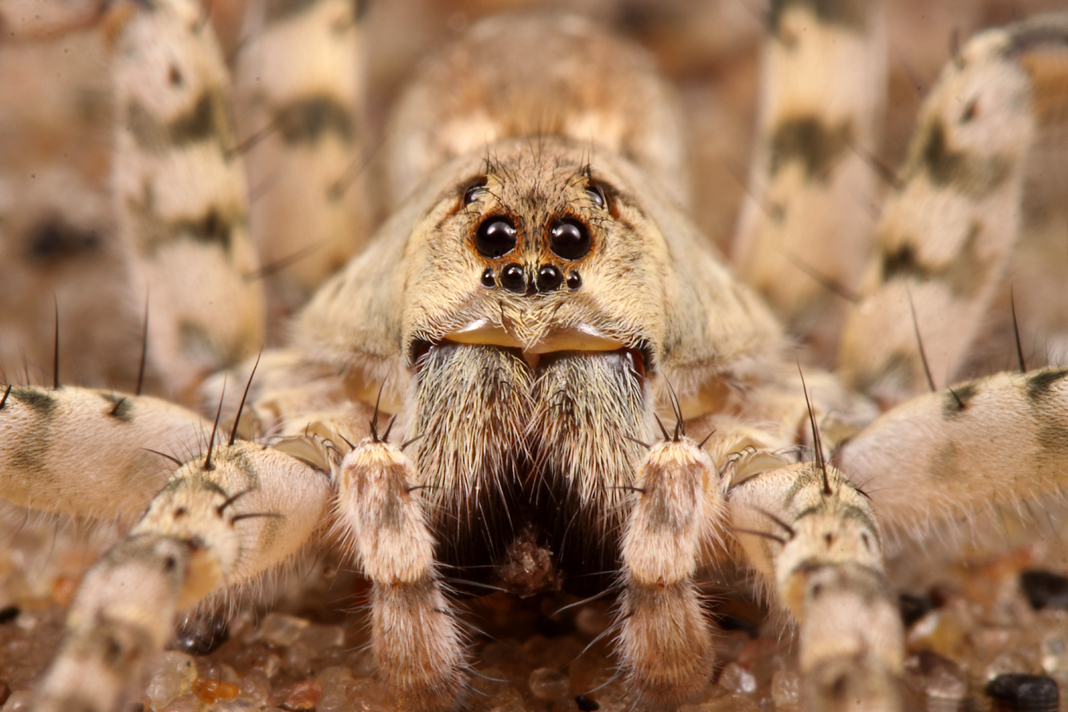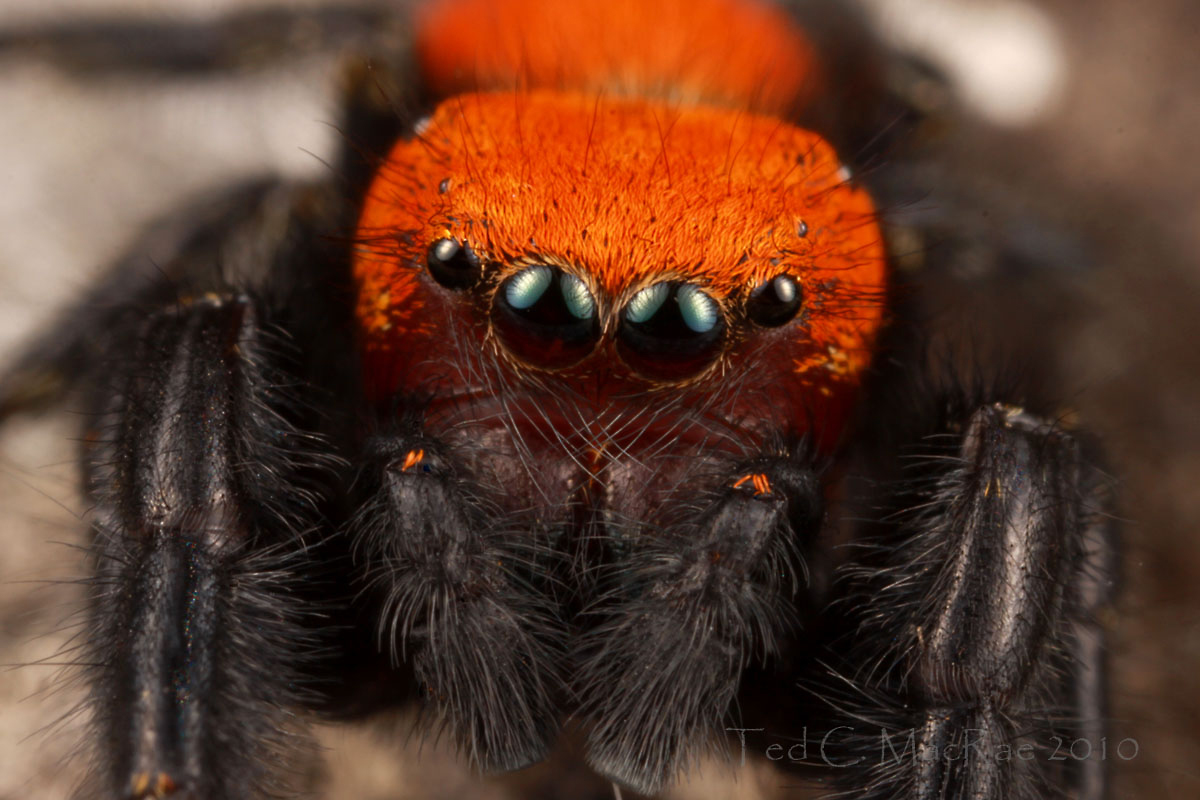It’s been too long since I’ve been able to go out with the WGNSS Botany Group on their weekly Monday outing—a consequence of travel and renovations on top of the frenetic-as-usual insect-collecting season. The result is that my attendance on the Botany Group outings is semi-regular during fall/winter but spotty at best during spring/summer. That may seem exactly the opposite of what would be optimum for studying plants, but as a naturalist to the core I have no trouble finding things of interest no matter the season. Especially when the destination is a place as fascinatingly diverse as Johnson’s Shut-Ins State Park—best known previously for its rhyolite “shut-ins” but now mostly for the gashing scour zone that was ripped across it in Dec 2005 when a catastrophic failure of the reservoir atop nearby Proffit Mountain released one billion gallons of water that tore through the landscape in a matter of 12 minutes. The geology exposed by the scour and the living experiment of biological succession that began afterwards are both fascinating, making the Scour Trail one of the Missouri Ozarks’ most interesting day hikes.

Our chief target for the day was Hamamelis virginiana (common or American witch-hazel), which blooms in November and December and is restricted in Missouri to a few counties in the St. Francois Mountains and the extreme southwestern corner of the state. Interestingly, there is a second species of witch hazel—H. vernalis (Ozark witch hazel), more common in Missouri but much more restricted globally—that occurs here, but as it blooms later in winter (January/February) we did not expect to see it on this trip. We found the former reliably, though not abundantly, and among the last plants we found in bloom were some with the freshest (and best-illuminated by the low-angled sun) flowers. At one point while we were still within the dry-mesic upland deciduous forest uphill from the scour zone, we saw a nice colony of the patch-forming Diarrhena obovata (beak grass). This is an attractive grass that does well in shade and should be utilized more as an ornamental.



The overlook provided a stunning overview of the scour zone from an elevated vantage—the since rebuilt Proffit Mountain Reservoir rising ominously above it as an almost deliberate reminder of its potential power—before the descent down into the scour zone. It’s an almost alien landscape with an irregular, unweathered floor of exposed bedrock strewn with rocks ranging from pebbles to boulders. Sycamore and willow are the early leaders in the now 17-year-old race to recolonize the barren swath of land, but lack of toeholds for roots to grow is a bigger problem for this future forest than lack of sunlight by taller neighbors. At one point, we spotted a large bush heavily laden with dense clusters of berries atop a pile of rocks. While the more astute botanists in the group recognized it for what it was, I was dumbfounded as to its identity until it was revealed to me to be none other than Toxicodendron radicans (poison ivy)—the largest, densest, most heavily berry-laden “bush” form of the species I have ever seen. So impressive it was that seven botanists gave it much more than just a trifling look.


About halfway down the scour zone we encountered the “great unconformity”—previously hidden by topsoil and forest but now exposed. Here, knobs of 1.3 billion-year-old granite are surrounded by 540 million-year-old dolomite deposited atop the granite in the shallow Cambrian seas that once covered all but the tallest of these by then already ancient knobs—mere nubs of the towering mountains they once were but worn down nearly to sea level by nearly a billion years of relentless rain and wind. The exposures of pink granite, their large embedded crystals glistening sharply in the sunlight, contrasted starkly with the dark gray dolomite surround them, representing an incomprehensible gap of nearly 800 million years in the record of Earth’s history preserved in the rocks. The entire history of multicellular life on Earth could be swallowed by such a gap!

As an entomologist, I cannot ever stop being on the lookout for insects, no matter what the season. Even though temps were well on the chilly side, I still managed to discern a couple of small wolf spiders, and somehow I managed to see a small ant cadaver on a twig that had succumbed to an insect-pathogenic fungus in the Ophiocordyceps unilateralis complex. Even the botanists around me started taking advantage of the opportunity for insect education. Len and Michael noticed a gall on a small Quercus muhlenbergii (chinquapin oak) which turned out to be the work of Disholcaspis quercusglobulus (round bullet gall wasp), and John noticed a colony of Prociphilus tessellatus (woolly alder aphid) on Alnus glutinosa (European alder). Closer inspection revealed an adult Harmonia axyridis (Asian lady beetle) preying upon the aphids.





It was as enjoyable an outing as I’d hoped (how can four hours in the woods be anything BUT enjoyable), and I hope not to let so much time pass before the next time I’m able to join the group!
©️ Ted C. MacRae 2022

























